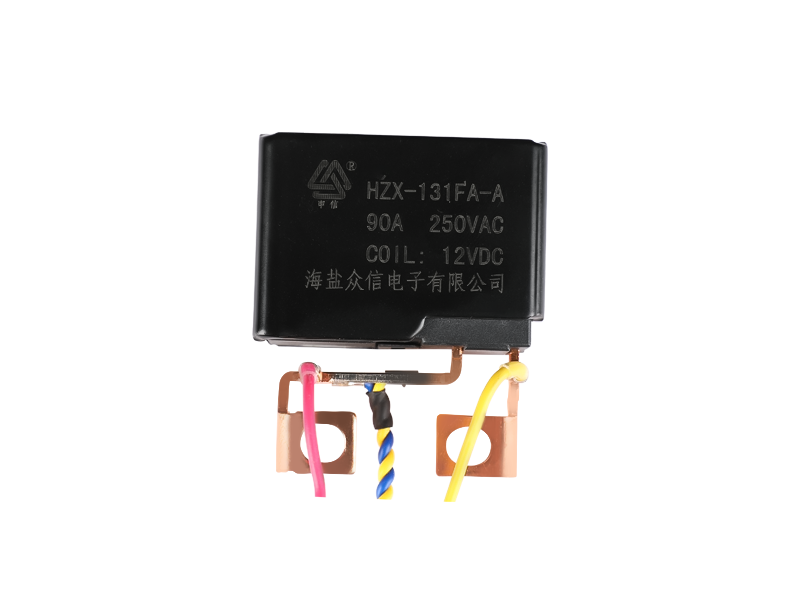An
electromagnetic relay is a device that switches one electrical circuit with another. They can be operated using either AC or DC voltage. There are many types of relays. Some of them are designed for particular types of loads. For example, a relay for tungsten loads may have a lower contact rating than one designed for a more traditional resistive load.
These devices are widely used in electrical and electronic applications. Some of them are designed for fast switching and others are intended to monitor important power parameters. For example, a monitoring relay can detect interruptions, an increased resistance due to contact transfer, and a power supply voltage failure. The purpose of this kind of device is to prevent power failures and maintain safety.
The basic operation of an electromagnetic relay depends on two variables: the current passing through the coils and the frequency of the current. This is dependent on constants known as K', and K' is the constant current of the coils. These two factors determine the frequency at which the relays are activated.
Before using an electromagnetic relay, it is important to test it. To test the relay, use a multimeter and test the resistance of its coil. A functional coil has a resistance between 10 and 500 ohms. If the resistance is higher, the contacts are not adhering properly, and the operation of the relay can be compromised.
A simple electromagnetic relay consists of a multi-turn coil wound around an iron core. When energized, the coil magnetizes and attracts the iron armature, which operates the contacts and affects the circuit. An electromagnetic relay is useful for switching higher power sources because it can be installed far away from a control source.
An electromagnetic relay works on the same principle as a conventional induction motor. The armature carries current through the relay. It should be able to carry the switching current. The contacts are the most vulnerable part of the relay. The moving contacts can generate sparks, so they must be made of corrosion-resistant material.
An electromagnetic relay has 5 terminals - two are used for energizing the electromagnet and two are for connecting them to the circuit. The third terminal is called a "common" terminal. The electromagnetic relay has two circuits: the low-voltage control circuit and the high-voltage working circuit.

90A switching capability
Very minimal power consumption from the coil
9mm creepage distance
4KV dielectrics strength coil to contact
In accordance with IEC62055-31:UC2
Outline dimensions:(36*30*16.5)mm
CE,CQC compliant







